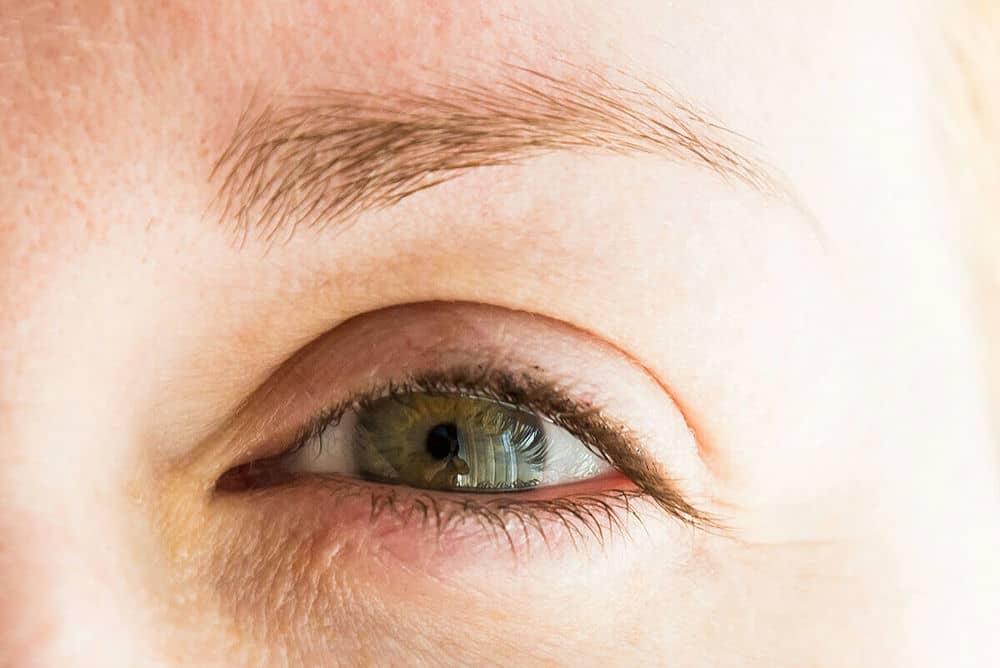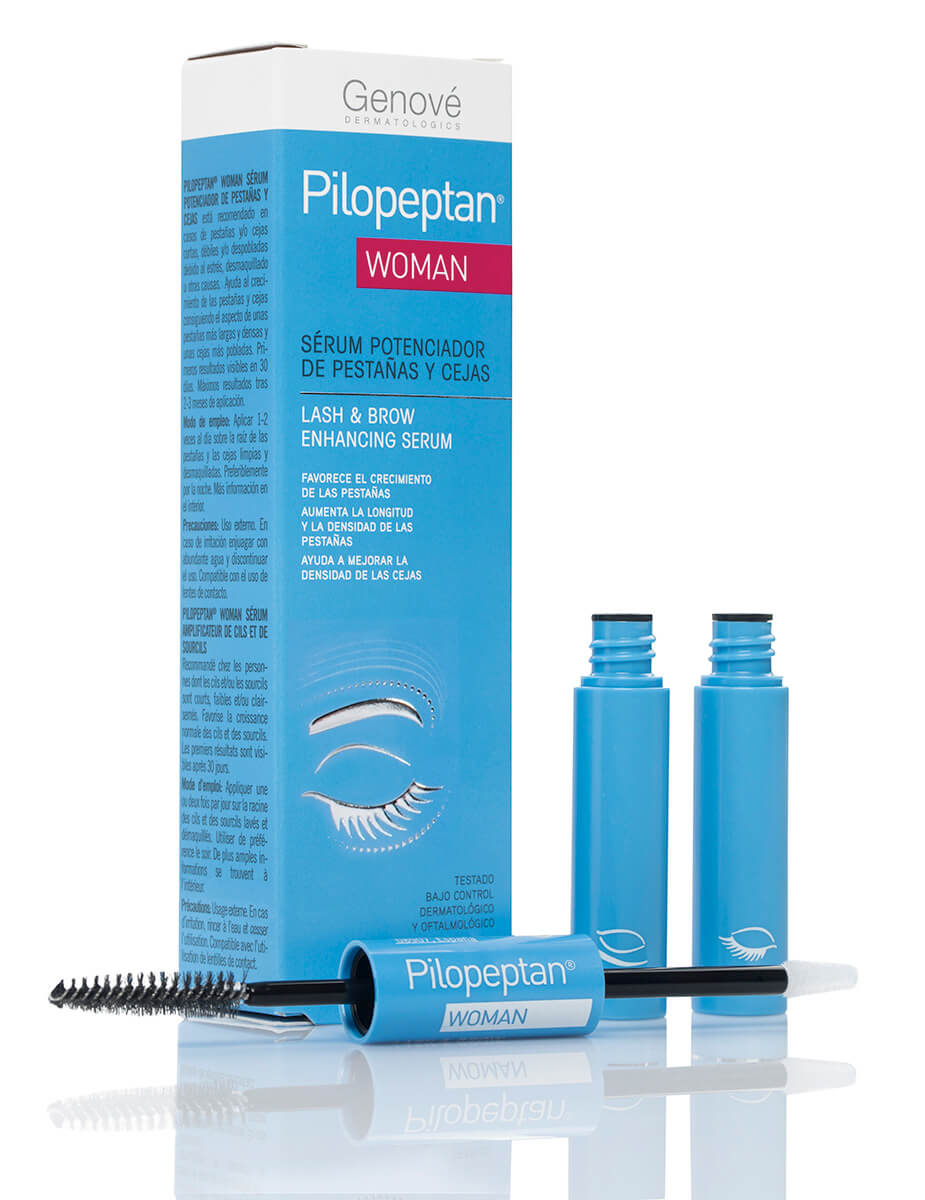Eyelash and eyebrow loss
At Pilopeptan, we have developed solutions that regulate growth factors and act against eyelash and eyebrow loss.
Eyelash and eyebrow loss in women and men (known as madarosis) is a common occurrence and can have multiple causes.
 Genove
Genove
